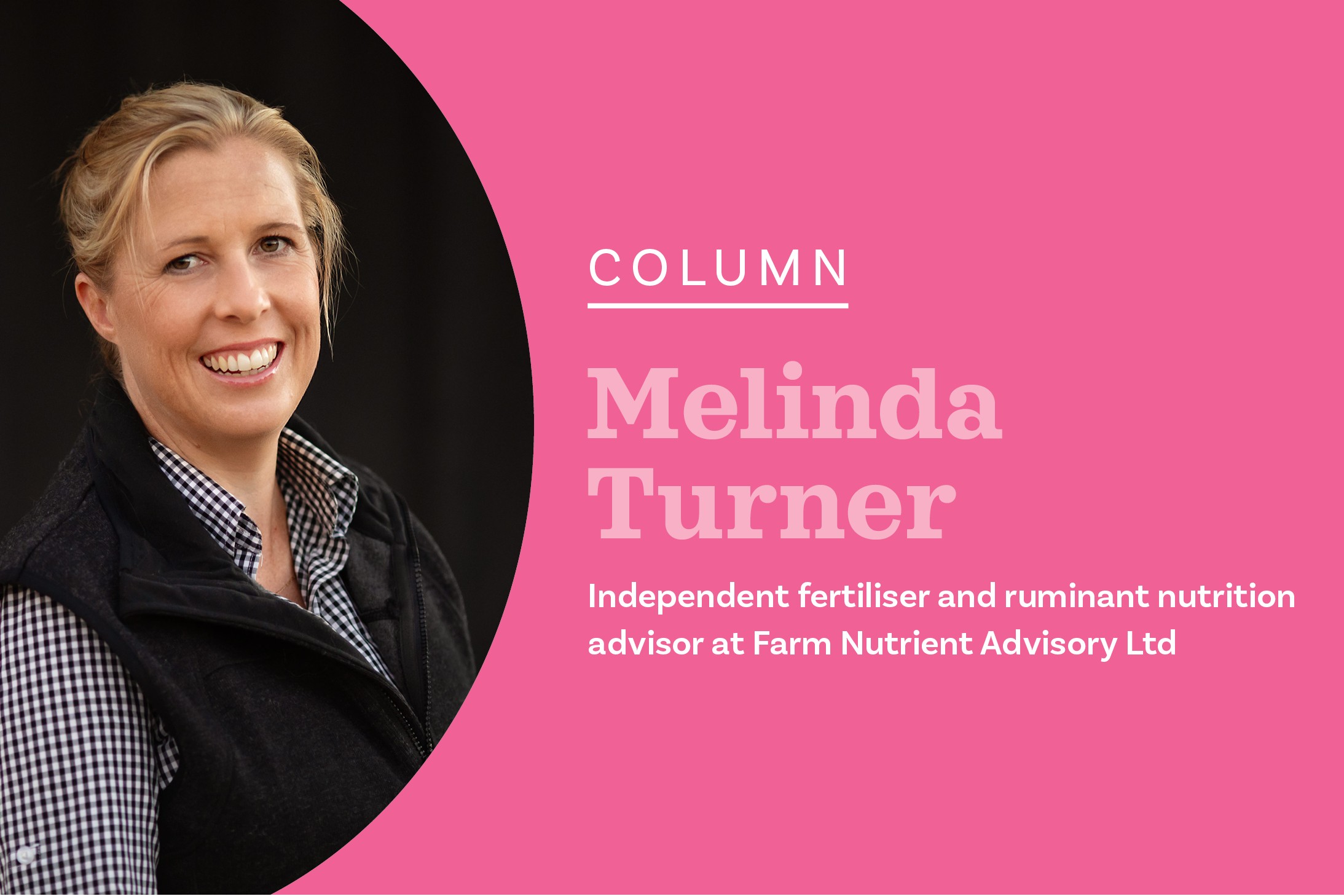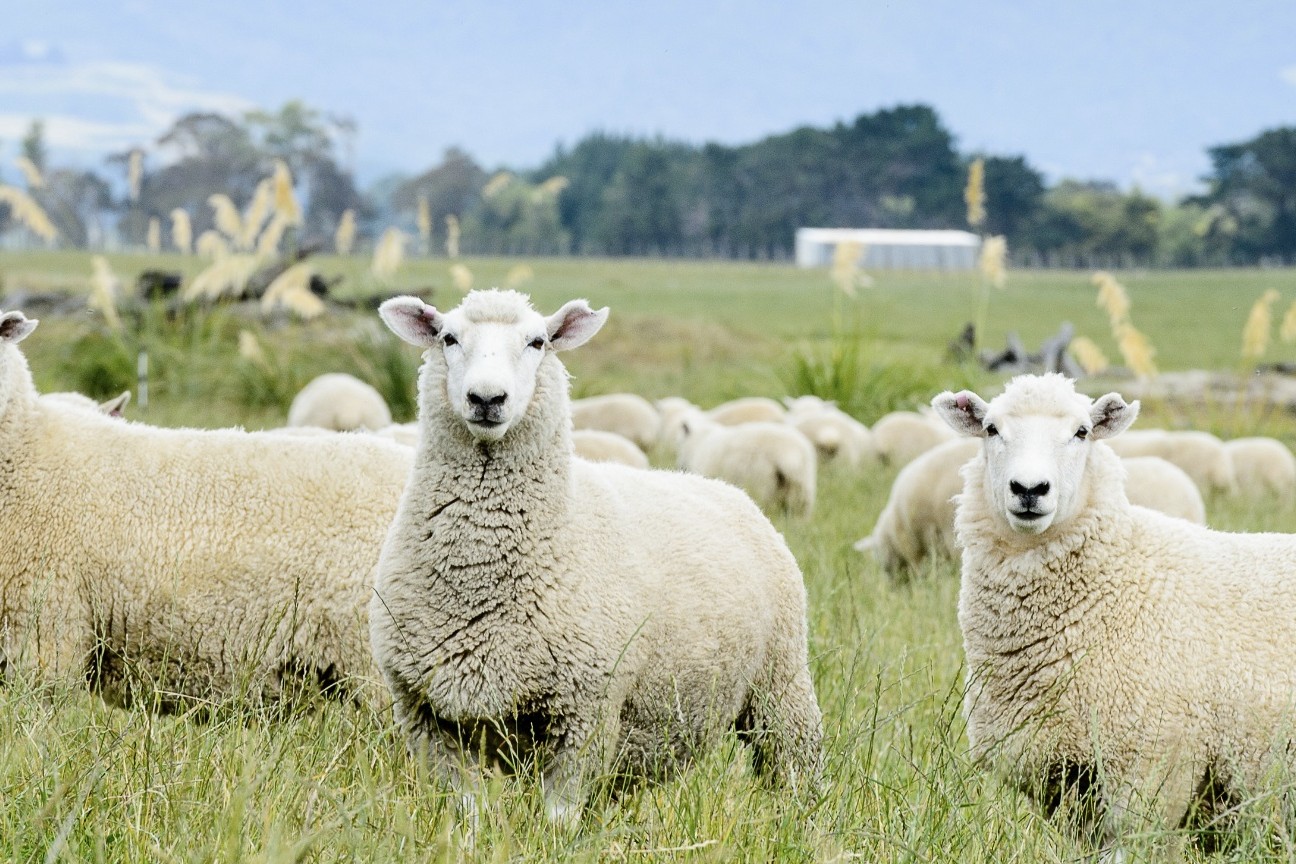Feeding stock correctly to reduce worm burden
Nutrition is a fundamental component of parasite tolerance, but so is pasture management as a large contributing factor to your success or failure. Words Melinda Turner.

Effective grazing management reduces the exposure and ingestion of larvae, increasing likelihood of tolerable parasitic levels thereby reducing reliance on anthelmintics (drench used to treat parasitic worm infections).
Higher environmental stressors take a toll on overall animal health and performance with likely knock-on effects on both animal and pasture growth into the following season.
How to match feed supply to energy demand
Set stocking during certain times of year when there is the highest feed demand combined with the lowest feed supply does not favour the animal’s voluntary feed intake (VFI) or its optimal nutrition.
When stock are also on steeper terrain with large grazing distance and low residuals it leads to them using more energy (and tooth wear) compared to ‘easier picking’.
The majority of worm larvae (L3) are in the bottom 4cm of pasture so grazing low pasture covers increases ingestion of infective larvae. If you graze lower than this, it not only significantly increases worm burden but also impacts the ability of the stock to ingest sufficient dry matter.
If you are winter shearing, be aware that this increases feed requirements due to a temporary reduction in the lower critical temperature (LCT) where the ambient temperature needs to be higher to support their body condition. Hoggets are more susceptible to this than older ewes. Should the autumn conditions allow for it, prepare for winter or mid-pregnancy shearing with good autumn grazing management and, where required, supplementary feeding for up to 30% increased feed requirement for four to six weeks going into shearing.
During later stages of pregnancy, the lower abdominal-rumen volume further reduces ewe’s ability to meet their increased feed, energy and protein requirements. This coupled with shorter grazing residuals means they are in a total energy deficit.
The term peri-parturient rise refers to a relaxation in immunity before & after lambing where the ewe’s faecal egg count increases. Underfed or mineral deficient ewes will have an even higher worm egg output leading to heavier worm burden for grazing lambs.
Young stock are most susceptible to worm burden so strategic grazing of lambs on higher residuals and beneficial species will be a good start in minimising worm burden while their natural immunity builds up.
Nutrition is a key player in tackling parasite burden
Sub-optimal nutrition, low protein and mineral deficiencies suppress the immune system increasing risk of clinical infection impacting production. Be aware, sheep bred for resistant traits have higher nutritional requirements due to superior, energy-hungry immunity. Full genetic potential cannot be achieved with sub-optimal nutrition so if you’re investing money into high-value genetics, you need to feed your stock well.
Pasture species can also play a role in reducing the larval population with chicory, lucerne and sulla having fewer larvae than grass species (Scales et al., 1994) while Yorkshire fog and ryegrass have shown lower lamb faecal egg counts compared to brown top, fescues (Niezen et al., 1993) or short-rotation grasses.
If you are breeding sheep based on rams with worm resistant traits, be aware they will have higher nutritional requirements due to their superior, energy-hungry immunity. – Melinda Turner, Farm Nutrient Advisory
The mineral composition of the diet also plays an integral role in animal production and parasite tolerance with the importance of trace elements in New Zealand commonly underestimated.
Copper has many roles including energy metabolism and ‘antiparasitic’ effects through enhancing adaptive immunity (antibody memory) as well as directly damaging parasite cuticles increasing their susceptibility to the host’s immune response. While some breeds have lower copper toxicity thresholds and need consideration with your vet, deficiency will still significantly impact overall health and production.
Selenium is well known for its role in reproduction and immunity but remains a common deficiency seen in NZ with supplementation unknowingly insufficient. Selenium protects cell membranes from damage by free radicals (normal cellular byproducts), controls excessive inflammation, enhances white blood cell activity and is essential to thyroid hormone synthesis.
Absorption of copper and selenium in the rumen is low and stock can still be deficient despite what appears adequate dietary intake. Effectiveness of supplementation through fertiliser is highly variable depending on soil type, pH and calcium content, with evaluation on a per farm basis required.
Iodine is required for numerous vital functions including growth, digestion, muscle function, thermoregulation, reproduction and immunity, yet is possibly the most underrated mineral in our farming systems. Adequate levels of other nutrients or feed intake will not compensate for iodine deficiency so it needs to be a high priority when assessing overall animal health.
Iodine is needed for thyroid hormone synthesis – most of the body’s iodine is stored in the thyroid with only very small quantities circulating in the blood. Blood levels however, reflect dietary intake, providing a good indication of possible deficiency. Australian studies have confirmed even a mild deficiency with no clinical symptoms or enlarged thyroid, significantly impacts lamb survival, growth and production.
Cobalt assists in strengthening immune function including parasitic tolerance through B12’s role in oxygen circulation and energy metabolism.
Stock can still present with B12 deficiency despite adequate cobalt intake if effective fibre is insufficient for the rumen microbes to synthesise B12. These low fibre levels can be seen in rapidly growing pasture.
Zinc is similar to selenium and has antioxidant and anti-inflammatory properties. It is considered the ‘gatekeeper’ of the immune system for its role in skin integrity and first line pathogen defence.
Deficiency, (more likely in South Island soil types), increases susceptibility to general pathogens and decreases appetite (anorexia), impacting on growth and immunity.
All trace elements mentioned here also play an integral role in wool quality with deficiencies resulting in reduced fibre follicles, strength and crimp.
- Melinda Turner is an independent fertiliser and ruminant nutrition advisor at Farm Nutrient Advisory Ltd.




